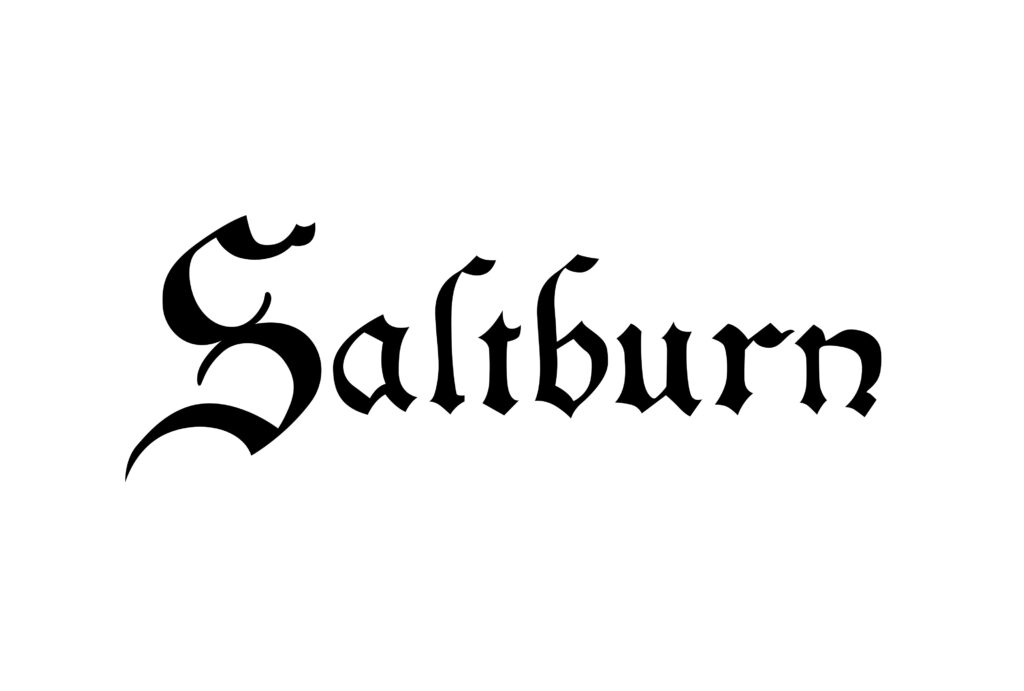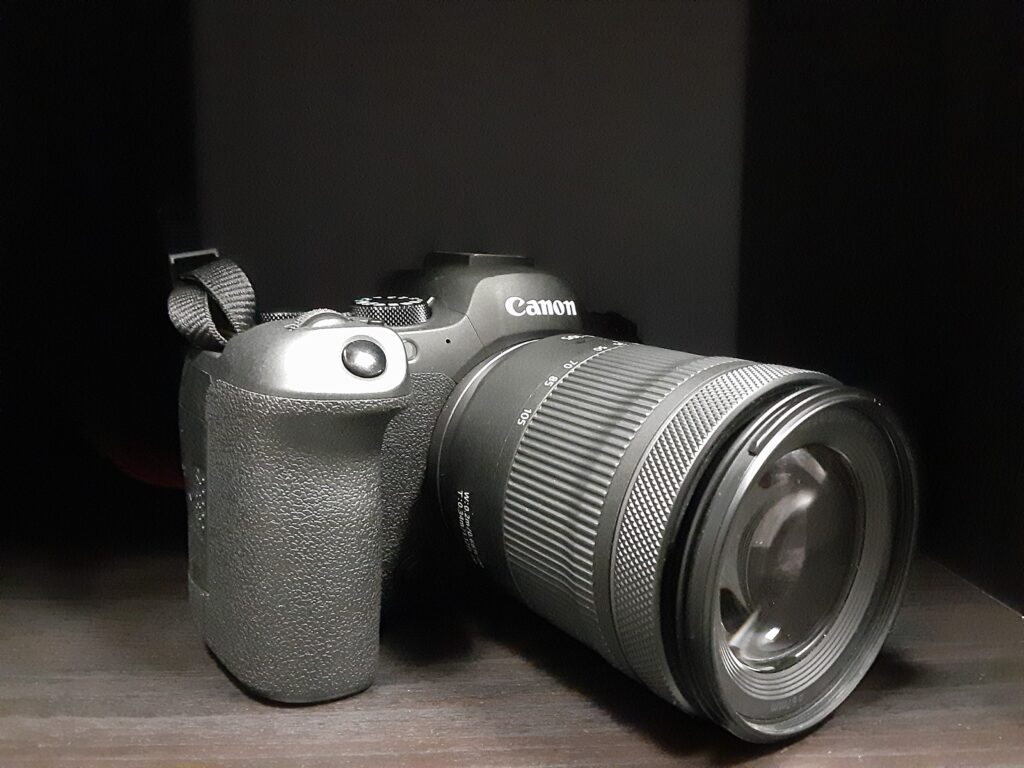

Stefani Joanne Angelina Germanotta AKA Lady Gaga is, above all else, entertaining to watch. In a world where image is king, Gaga is queen. Her bizarre costumes and performances capture the attention of those with any level of interest in music.
However, Lady Gaga’s music has never quite matched her eccentric personality. It’s very much by-the-numbers (though extremely popular and well-made) pop music. Artpop (2013) felt like an attempt at bringing her signature weirdness into her music, but ended up as a disjointed hour-long mess. On Joanne, Lady Gaga went for a shorter, dialed-back approach, and in doing so has created a more cohesive and impressive experience.
Joanne features heavy writing and guitar work from producer Mark Ronson. He and other talented writers–J. Tillman, Josh Homme, Beck, and of course Gaga herself–lay down some her most personal material yet. Stripped-back instrumentation allows Lady Gaga’s vocals to shine as she delivers and incredibly passionate performance.
“Perfect Illusion” was the first single we heard from this record, to its detriment. It might be the worst song on the album, but it is certainly the most on-brand for Lady Gaga’s style. It’s loud, bold, and theatrical; and is in that way very reminiscent of “Bad Romance,” unfortunately likely without the staying power of her 2009 classic.
The record luckily begins with one of its strongest tracks, “Diamond Heart.” It’s a personal journey through her troubled youth as a dancer, barely scraping by and suffering from abuse. The personal nature of this track may be the only reason it was not the lead single of the album, since it’s the most 2016-sounding song. It’s been in my head all week.
“Joanne,” the title track, is a strangely playful memorial to Germanotta’s aunt of the same name, who died at only 19. The entire album seems to be meant as a tribute to her late aunt, though sometimes it strays from this idea. This emotional ballad directly leads into “John Wayne,” a song about liking cowboys.
Lady Gaga seems afraid to dedicate too much time on the album to one concept. The record constantly jumps around from party song like “A-Yo” to meaningful, lyrically strong songs like “Sinner’s Prayer,” and not in an elegant way. “A-Yo” is a good dumb catchy pop song, but feels out of place on a record about a deceased family member.
But when Joanne fails lyrically, it makes up for it with a great variety of musical styles and instrumentation. Squealing synths, acoustic drums, and Homme’s guitar licks fill out the sound gorgeously, and give it that imperfect live feel. Gaga channels her inner Reba McEntire in “Sinner’s Prayer” and seamlessly transitions into a John Lennon-esque world peace anthem “Come to Mama.”
Joanne shares similarities with Artpop, both being experiments in blending genres. So what makes Joanne succeed where Artpop does not? I went back to Artpop before writing this review, and could barely sit through a whole listen. It feels forced. Everything from the title of the album (a bit on the nose, huh?) to the lone hip-hop song “Jewels n’ Drugs” gives it the impression of being different for the sake of being different. Joanne feels real, genuine. And that’s something we need from a pop star every once in a while.
Listen to Lady Gaga’s “A-Yo”:







